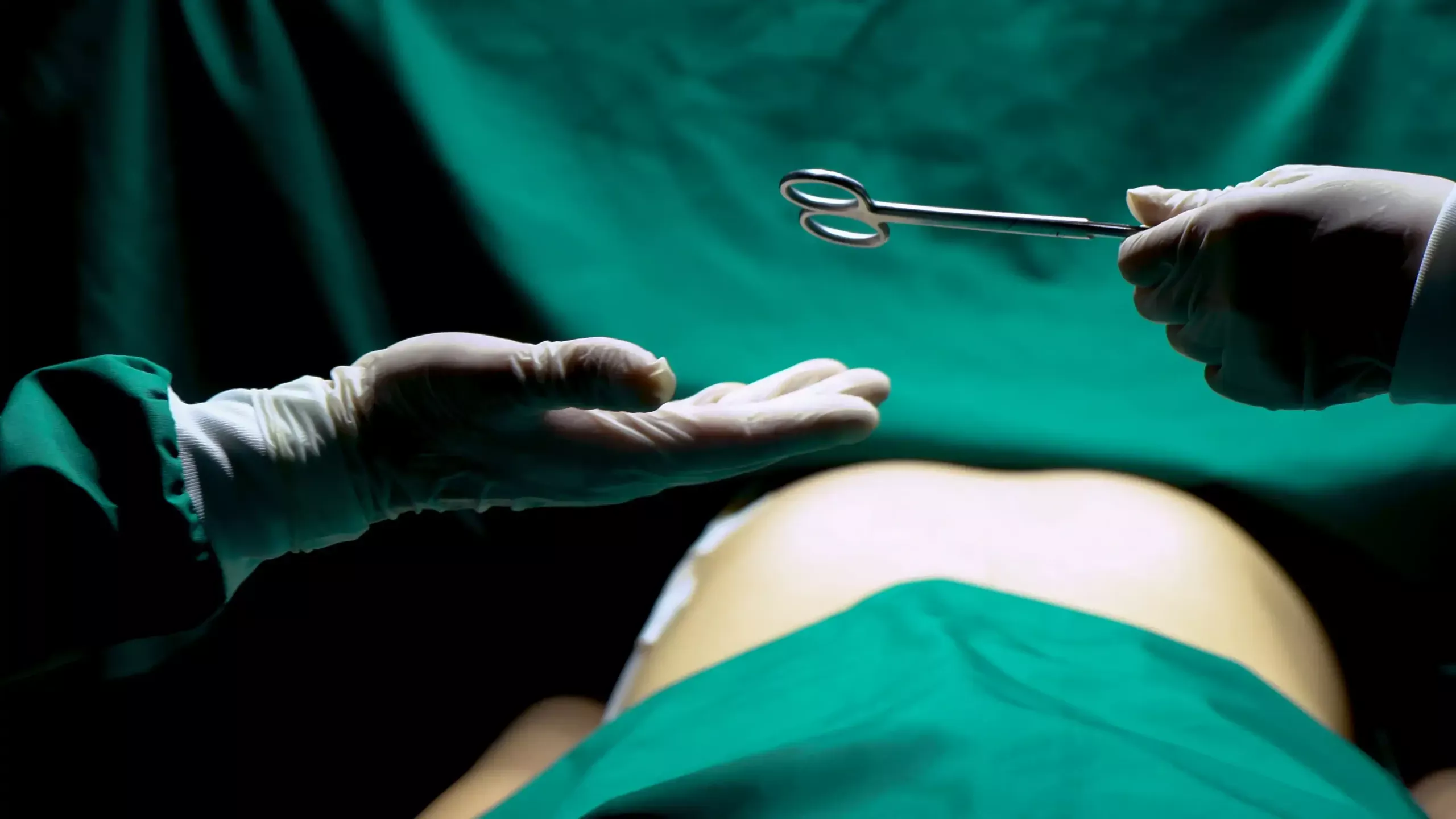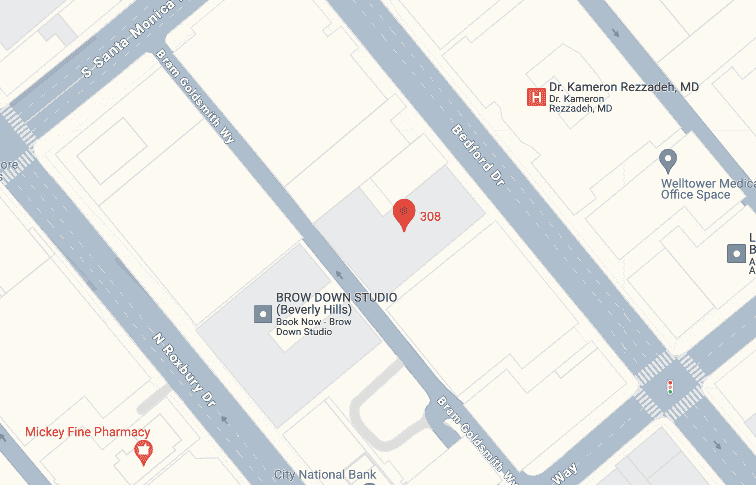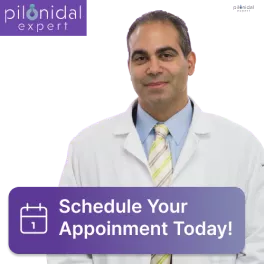Despite what the foreign experts say, our country’s medical professionals claim that removing the pilonidal cyst is impossible unless the surgical method is used. No medicine can treat your infected cyst and let you say goodbye to it forever. You can even ask your doctor about it and I am sure he will suggest the same because pilonidal cysts are common these days and those who rely on medicines never get to say goodbye to them. But wait, are you among the people who think that Pilonidal Cyst Surgery is just popping out of the bubble?
There are a few people who think that this surgical intervention includes popping out the small bulge that is located in the tailbone area. This is not so true. The cyst is filled with abscess, debris, and ingrown hair and it is not advised to pop it because the cyst is already infected. And, even after knowing this, you are still adamant about popping out the cyst, first read the below-mentioned points that will give you a clear insight into how you should handle a pilonidal cyst.
Explain the complex nature of a pilonidal cyst
A pilonidal cyst usually inflicts pain, swelling, and pus drainage in the region of the sacrococcygeal, which is near the tailbone. Although some cysts can be put right with conservative treatments or may go by themselves on their own, others necessitate surgical operations to rule out recurrence and complications. While many people hold the opinion that alone “popping” the cyst can make it disappear, that approach may be only temporary and will at least not solve the problem of pilonidal cyst infection completely.
How is the pilonidal cyst surgery not just popping out of the bubble?
Here we have some strong points that will explain everything about the surgery for a pilonidal cyst and how each step progresses one after another.
1. Surgical Options
Pilonidal cyst surgery includes multiple procedures, each of which is adapted to the intensity and extended period of the cyst. Often, surgeons prefer incision and drainage techniques where through making a cut they drain the cyst and remove any dirt and hair follicles present. However, if the cysts are recurrent or complex, more extensive procedures such as excision with primary closure, excision with flap reconstruction, or excision with open wound healing will be considered appropriate options.
2. Addressing Underlying Factors
One of the problems that exists with treating pilonidal cysts is taking into account what possible factors might be contributing to their development (like hair follicle irritation, friction, and improper hygiene). Surgical interventions not only seek to remove cysts but also address the reasons that cause it, which is believed to decrease the risk of cyst reoccurrence. That may entail surgical excision of the sinus tracts, hair follicle removal, and rapid wound healing using a method that minimizes the chance of subsequent cyst recurrence.
3. Recovery and Prevention
The recovery time for pilonidal cyst surgery will again depend on the kind of surgery and, to an extent, on some other individual conditions, such as the level of immunity and the duration the wound takes to heal. Patients can suffer skin irritation, swelling, and water drainage, but within approximately two weeks, they begin to get back to normal activities if they take proper care and keep follow-ups with the doctor. Steps like hand washing, avoiding long immobile states, and taking care of the areas that is prone to infections can prevent the recurrence.
Conclusion
In like manner, no “popping of the bubble” is candid with pilonidal cyst surgery. Rather, it necessitates proper evaluation, choosing surgical techniques that are the most suitable, and dealing with preventive measures to address any underlying factors and to reduce the possibility of recurrence. It is common for the bulk of the cysts to be terminated through surgery but however, it can also be a basis for long-term comfort and existence for those affected by this condition that made their lives difficult. With knowledge of the complexities of pilonidal cyst surgery, we can grasp not only the significance of the overall treatment and management scheme but also the importance of achieving success in the surgical process with surgical techniques for the patient’s benefit.
Pilonidal Experts: Why should you choose us?
Choosing Pilonidal Experts can prove as the best decision of your life, not because we have good colorectal surgeons available all the time, but because we have well-equipped clinics that offer world-class patient care to those who come to us. On top of that, we deliver the best therapy that is professional and lawful to address the needs of our patients. Our surgeons have been fully qualified and they have several years of practical experience in that specific area of medicine. They have already treated thousands of people with such a painful condition as a cyst and are very determined to avoid the reappearance of the cyst.
In this scenario, if you catch yourself in trouble in finding the right place for the best care of your Pilonidal cysts, stop right here and take heart, as Pilonidal Experts have got you covered.
. Their relentless work in the medical field is worth high praise.
Frequently Asked Questions
Can popping out the Pilonidal cyst drain out the abscess?
No, if you think that you can drain out the abscess by popping out the cyst, you are mistaken. The skin over the bulge is tough and it is not going to let the liquid flow out easily. It will be very painful and may fill the inside of the cyst with bloody discharge, which is not a good thing.
Does a doctor pop out the cysts at the clinics?
No, the doctor does not pop out the pilonidal cyst. He will start with some medicines first and then try removing it with surgical intervention.
Is surgery safer than popping out the bubble?
Yes, surgery is the only safest option to remove the Pilonidal cyst. And, your doctor will suggest the same.








